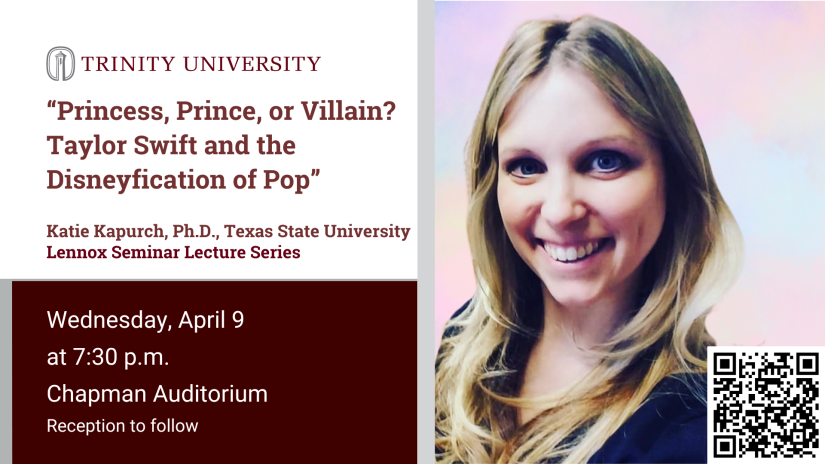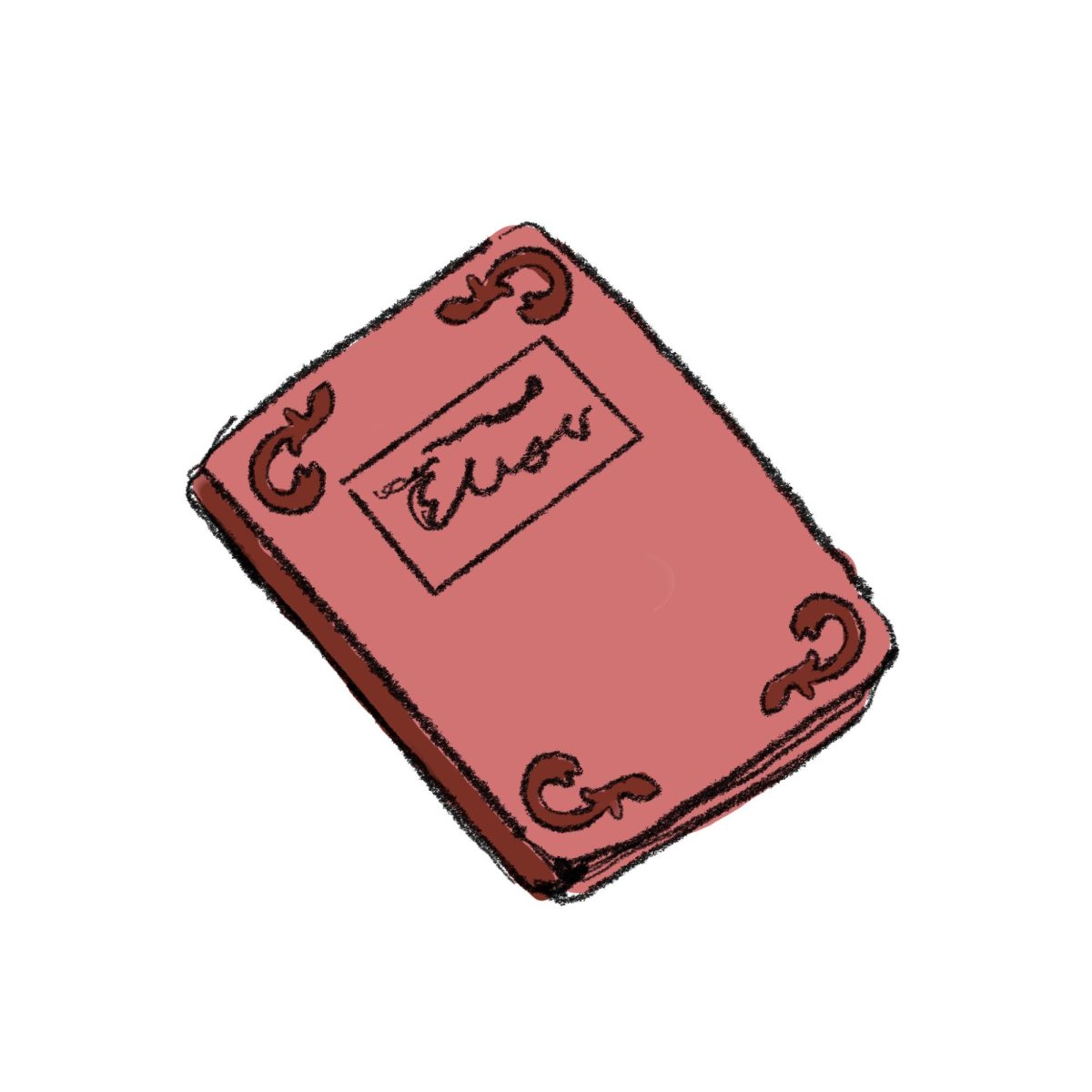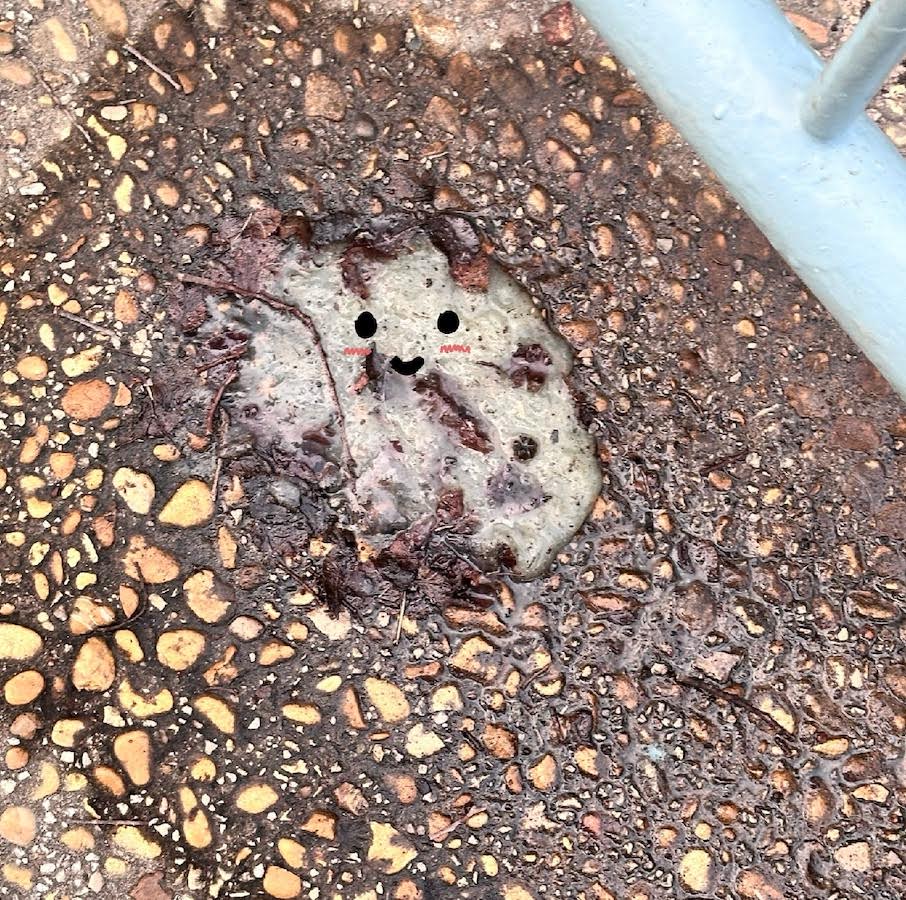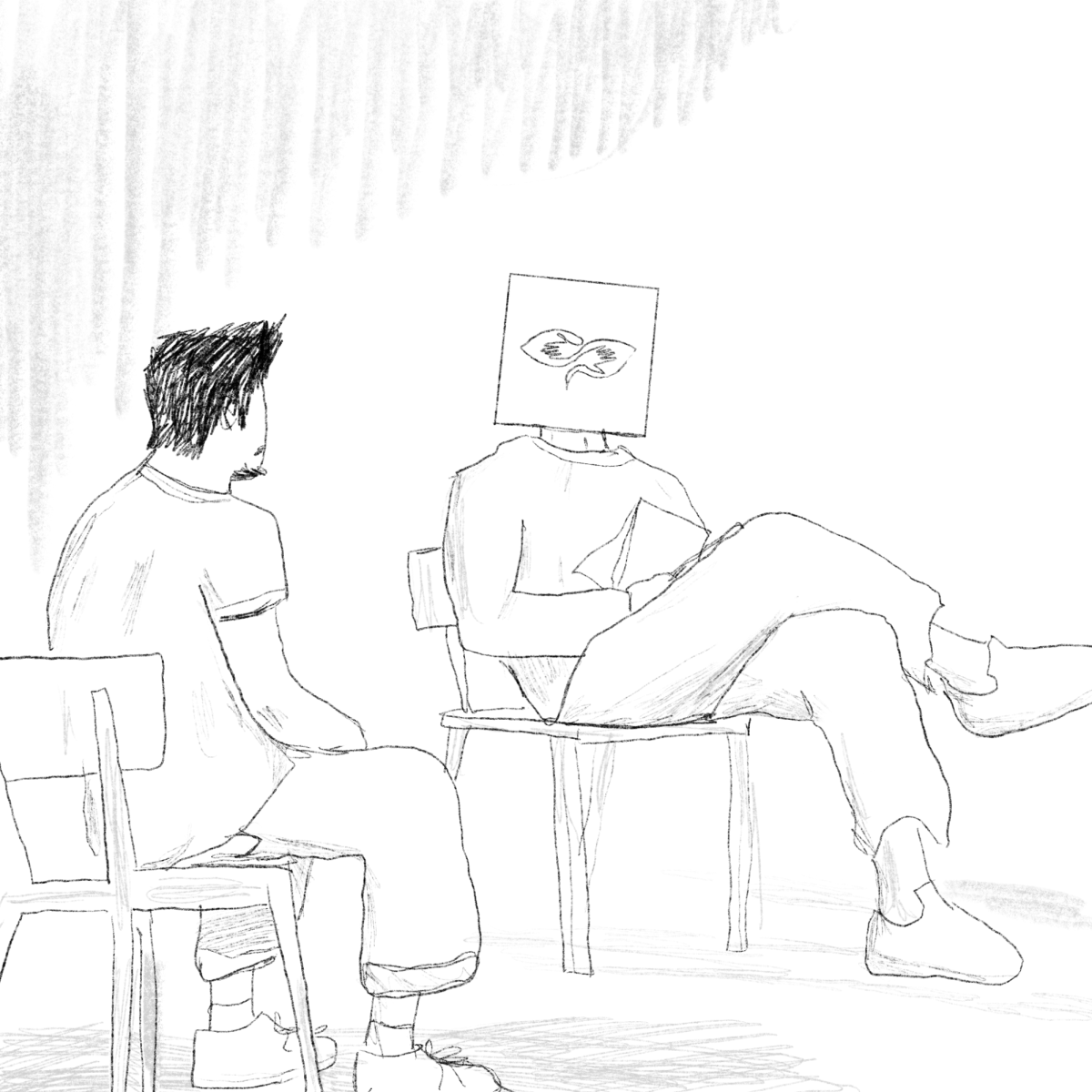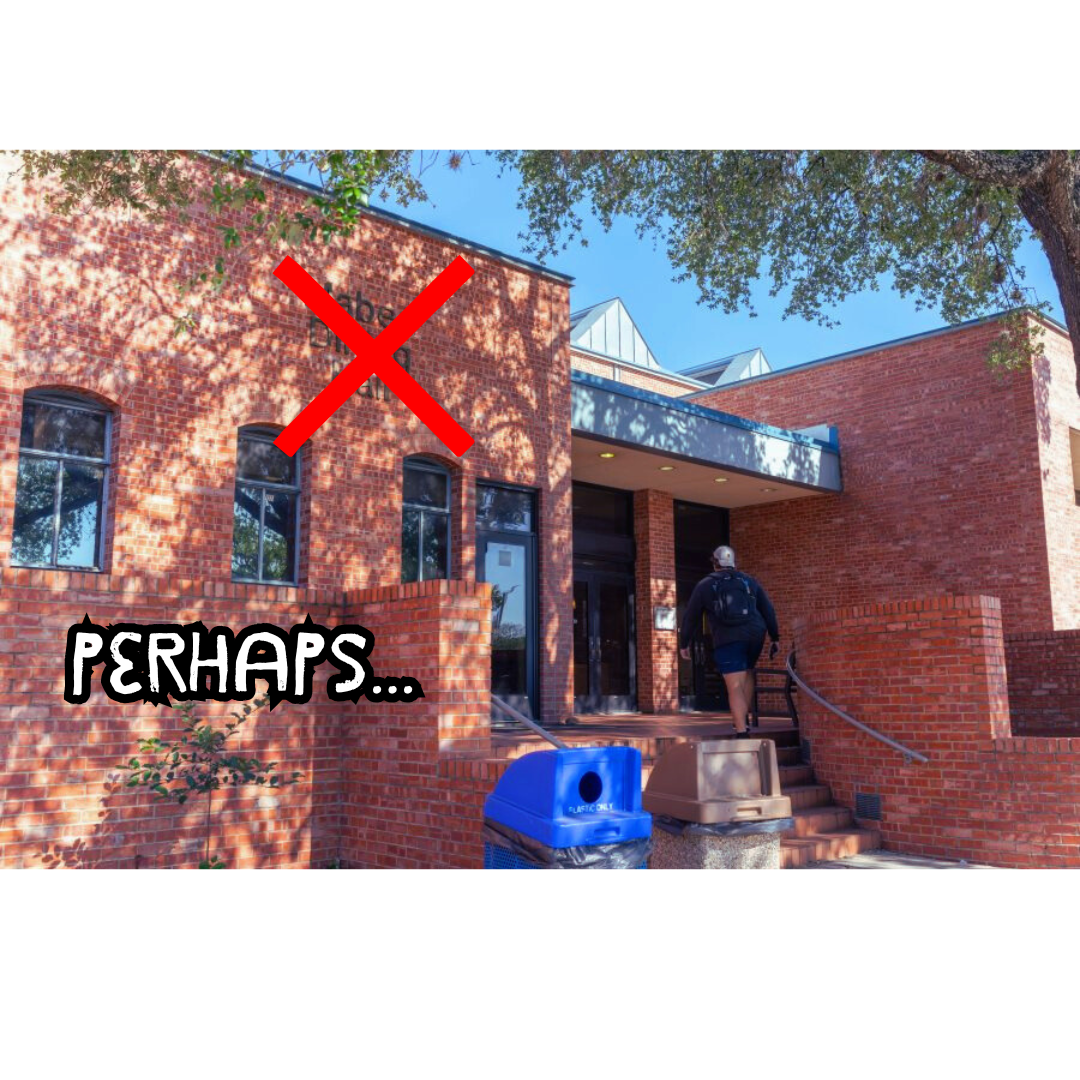What will San Antonio look like on September 25, 2020? SA2020 is leaving that up to the citizens of San Antonio. Launched on Sept. 25, 2010, SA2020 acts as a steward, connecting San Antonio citizens to opportunities that contribute to their aspirations for their city. SA2020 hopes to motivate the entire San Antonio community into passionate, focused and sustained action to achieve the shared goals that will transform San Antonio into a world-class city by the year 2020.
“SA2020 has always been, and will always be, different because it’s rooted in the aspirations of everyday San Antonians. It’s a people’s movement, not a government initiative led by politicians,” said San Antonio Mayor Julià¡n Castro during the one-year anniversary of SA2020.
Ben Scheiner, a senior economics and mathematics double major who interned with SA2020 over the summer, agrees with Mayor Castro’s analysis.
“Not only are we making change, but we are also doing it in a way that ties directly back to what the public asked for. In that way, it’s more democratic than other city planning processes are, which I think is really important because that means every individual has a stake in what SA2020 is doing,” Scheiner said.
Scheiner thinks that SA2020 is a great outlet for Trinity students to get off campus and see what San Antonio has to offer while finding ways to improve aspects of the community.
“San Antonio is an incredible place, and I don’t think a lot of students at Trinity realize that. There’s so much more than what we’re normally exposed to when we’re at Trinity. I mean, the bubble is kind of real, right? Part of it is we don’t all have cars, but the other part is we just don’t really try hard. Whether or not you’re going to work here in the future, you’re going to be here for the next several years, so it’s really about finding things you enjoy in San Antonio and investing in them,” Scheiner said.
SA2020 has laid out 11 key vision areas, such as community safety, education, downtown development, economic competitiveness and transportation, which need to be focused on in order to get the city of San Antonio to the level where it wants to be.
“I think one of the biggest things they can improve is the art and culture aspect. The art needs to be of bigger importance in the city. I think there’s a lot of people in the city who have talent and the desire to do things but don’t have the financial resources or capabilities to do that stuff,” said Jonathan Hernandez, a sophomore and lifelong resident of San Antonio.
Claire Osburn began working with SA2020 at the end of the summer as a communication intern, and she is excited with the progress she has already observed in her short time with the company.
“There’s already been a lot of success measured by SA2020: San Antonio became the first city to appoint a Poet Laureate, SAPD became one of only two big-city departments in America to earn national accreditation in 2011, 1,500 downtown apartments have been added to the city center since February 2010, more than 1,000 clean-energy technology jobs have been created since May 2011, the list goes on. Very cool things are happening in San Antonio right now, and this is still just the beginning,” Osburn said.
Osburn believes her internship is not only teaching her practical job skills, but also an appreciation for her city community.
“I’m learning concrete things like networking skills and abstract things like how meaningful it is to feel a sense of ownership for the city I live in. I’m also learning the value of community involvement on a new level, seeing every small act of individual volunteers contribute to real change on a broad scale,” Osburn said.
Osburn feels very strongly about Trinity students volunteering with SA2020. Even if students are not from San Antonio and only live here while classes are in session, Osburn does not see that as an excuse not to get involved in the surrounding community of Trinity University.
“I am not from San Antonio, but I’ve been going to Trinity for over three years now. Even though I’ve spent the majority of that time here and used my San Antonio mailing address, I am just this year starting to feel like a citizen of this city. Even though it’s not my hometown, it’s where I live right now and where I see a real opportunity to do something meaningful. Anyone who cares about teen pregnancy rates or youth literacy should care about what SA2020 is doing. Trinity is an institution that strives to matriculate students able to contribute to the global community, and SA2020 is a model of just such contribution. Not only can you make a direct impact on the lives of people around you, but you have the chance to support an idea that’s going to serve as a model for cities around the world. Other places in the U.S. are already emulating what’s happening here, and the success of SA2020 means a new way of building strong, thriving communities everywhere,” Osburn said.
People looking to see what they can contribute to SA2020 simply need to visit sa2020.org and create a short profile identifying the areas that they are passionate about. Then the site matches them with volunteer opportunities in the database connected to a long list of local nonprofits. Some of the opportunities are ongoing, while some are one-time, so there’s an option for even the busiest student.
Osburn stresses that community support is necessary for SA2020 to accomplish its mission of a better San Antonio.
“People interested in SA2020 can make a huge difference just by getting the word out. To be successful, SA2020 depends on the interest and involvement of the people who live here,” Osburn said. “Getting passionate people connected with ways to make a difference is key to reaching our goals, and one of the best ways to make that happen is to share your passions with other people and spread the good word on how to get involved.”

